People
Manuel Rodriguez: From the Pages of a Printmaker’s Mind
It is very difficult to put 99 years on paper. For one, you don’t get to meet a 99-year-old man everyday. Also, not every 99-year old you meet happens to be an artist.

It is very difficult to put 99 years on paper. For one, you don’t get to meet a 99-year-old man everyday. Also, not every 99-year old you meet happens to be an artist.

The 99-year-old man I met at 856 G Gallery last March happened to be an artist, and not just any artist—he is the Father of Philippine Printmaking, Manuel Rodriguez, Sr. Along with my students who came with me then, I knew, therefore, that the opportunity of being with him and learning from him might not present itself again. Encountering a person who is almost a century old is very humbling. It is like opening the book of his personal experience; going through the pages, you grow all the wiser.
Manuel Rodriguez had first discovered his talent in the arts one particular afternoon in his childhood in Cebu. Playing in a churchyard, he picked up a piece of limestone and began to draw on the church wall. He drew a face that seemed to return a smile at him. Thinking that it was a simple gift of chance, he drew another face, and then another… and the rest was etched in history.

In September of 1935, in a move that many had told him to be a jump into uncertainty, Rodriguez left Cebu on a steamboat for Manila. On his meager savings, he was able to enroll himself at the University of the Philippines (UP) School of Fine Arts.
College life was tough, he recalled, but his heart was just as tough—enough to withstand the difficulties that came his way. From where he stayed, he often walked to the campus. He would skip lunch so he could buy art materials. Maintaining a scholarship, he got excellent grades and, in 1939, graduated at the top of his class. He was one of the 15 (out of their original batch of 50) who graduated that year.
The year 1939 also saw Rodriguez’s introduction to the world of printmaking, when Hans Adolf Heimann invited him to his serigraphy class in UP. Initially a painter, Rodriguez continually experimented with materials and processes since then and, in the 1950s, finally focused on printmaking.
For a time, Rodriguez was criticized for persisting in an art form that was already considered “dead” by others. But especially after learning more from a scholarship on printmaking in New York in the 1960s, he shared what he knew with younger artists back in the Philippines (particularly at the Phil. Women’s University and the Contemporary Arts Gallery in Manila), conducting workshops among them, improvising machines, and developing techniques, thus reviving the interest in and pioneering the phenomenal growth of printmaking in the country. In 1968, he founded the Philippine Association of Printmakers. His prints were the first ones done by a Filipino to be part of international biennial exhibitions abroad. He eventually received numerous accolades for his contributions to the field and to the national consciousness, and became recognized as the “Father of Philippine Printmaking.”
Indeed, keeping an art form alive is not just a matter of opening art galleries and filling them with patrons. In my stint as an art instructor, I have realized that it also means grabbing hold of the generations to come, keeping them involved and in full interaction with the—excuse me for the words but please consider it a privilege to be labeled as such—older and more experienced generation. For as much as it seems straitlaced to do just that, not to do so would already be bordering moronic.

That evening of March 1, Rodriguez talked to my students with such passion for the future, he sounded like one who was planning to live forever. One challenge that he gave their generation was this: “You’re building on 99 years of history. When you’re at this age, you cannot satisfy yourself with what is not doubly great.”
It is a challenge that goes beyond the constant improvement of one’s talents, which should actually come as a sort of default setting for an artist. Unfortunately, many of the current generation of artists and students lack both mental and physical toughness. Compounding that further, we seem today to be a people living without any sense of urgency.

Students, for instance, have absented themselves from my classes by reason of a few inches of floodwater in their way. They could probably not imagine doing what Manuel Rodriguez had done in his college days: walking in waist-deep floodwater just so he could get to school.
Moreover, the technology we have in our hands provides us with a multitude of conveniences that may not be actually working for us. I’ve read my share of student “essays” copied straight from Wikipedia, for example. I’ve had my share of talented students who relied too much on their perceived personal capabilities; they showed up only on the first and last days of their classes with me. At such a young age, many have chosen to rest on their accomplishments and so are putting little effort in improving themselves, much less in looking forward.

But Manuel Rodriguez is one man who does not rest on his laurels. Even at 99, he sounds like he is expecting to accomplish so much more with his art and with his life. In that hour-and-a-half interview at the gallery, he said, “How would one explore the unexplored colors of the universe? More difficult would be capturing them all and presenting them again on canvas.” How I wish I could pry into his inner world and figure that out, too.
As a printmaker, an artist creates an image that is then transferred onto paper. In what may seem like a cross between traditional art and modern-day mass production, the printmaker may limit the number of copies he produces of each masterpiece and thereby further its value. Rodriguez’s exhibit at the 856 G Gallery on A.S. Fortuna starting last February was a feast for the eyes: a collection of his prints and paintings, the price tags for which could only leave me jolted in silence.
Nonetheless, my own eyes were drawn to the horses in his prints—how gracefully their lines came together, creating dynamic yet calming movements. They were in black and white, the gradations filling the spaces between the two values. The series, entitled “Polo,” was created in 1978 in New York. As in all his other works in the gallery, Rodriguez has shown his lifelong romance with texture, in the same way that other artists might pursue lines, shapes, and colors instead. For him, however, it is texture that has “the feel of life.”

A person can stand before the prints and, with the luxury of time, separate one line from another, mulling over the process of its creation, considering how the minuscule variations in line thickness and form can present themselves in a plethora of possibilities. There is, after all, in us, an innate and almost primeval need to stand before a thing of beauty and dissect its reason for being. Going through the works of art in this exhibit, however, my mind could not help but drift back to the one who had made them with such mastery and whom they, in their varied ways, reflect.
An African proverb goes like this: “When an old man dies, a library burns down.” And that is why stories from the wizened elderly are always interesting. But while some 80-year-olds start to write the end of their books, Manuel Rodriguez, Sr. at 99 is still eyeing chapters that are yet to come.

With his kind of thinking, it is no wonder that the man remains in full jurisdiction of his inner world, his works of art, and his life as a whole. Mind you, he was fully capable of scaling a mean set of stairs when we met. Certainly, Manuel Rodriguez, Sr. is one library whose books I would never wish to put down.
- The paintings and prints of Manuel Rodriguez, Sr. are with 856 G Gallery in Business Walls, A.S. Fortuna St., Banilad, Mandaue City, until the month of July 2011. For further inquiries, call 344.3039 or email info@856ggallery.com.
- by Patricia Kyle Mendoza
People
A Destination Wedding in Capiz; A Love Story in Focus

by Oj Hofer | photography by Pat Dy | styling by Romero Vergara | bridal gown & groom’s tuxedo by Oj Hofer
As June draws to a close—a month filled with vows, veils, and wedding bliss—it’s only fitting to end with a love story that began not in a chapel, but behind the lens of a camera. Meet the groom, Phillip Novo: a seasoned maritime officer commanding international vessels by profession, and a passionate hobbyist photographer in his downtime. Mr. Novo has captured countless scenes from around the world, but nothing compares to his candid portraiture study of the woman he would soon marry—Mitch Alianza—in a heartfelt ceremony at the Sacred Heart of Jesus in Roxas City, Capiz.

Philip keeps it classic in sun-washed Seychelles beige linen.

Mitch channels Persephone in a gown that blossoms with spring’s charm
Capiz became the couple’s destination of choice as an homage to the bride, who hails from the province. Historically, Capiz was the second Spanish settlement established in the Philippines. With its 80-kilometer coastline and a mesmerizing stretch of rivers and swamplands, the province offered a natural allure to the wedding party. Yet for the groom, it was more than scenery—it was about honoring his bride’s heritage and heart.
Their love story spans continents, email inboxes, and a few overpacked pieces of luggage. Phillip recalls their serendipitous encounter involving jumpsuits, hot air balloons, and the rhythm of a life lived in sync.

The Sacred Heart Shrine in Capiz, transformed into a lush tropical dreamscape.

Wicker baskets, solihiya chairs, and cascading greens brought understated elegance to the naturalistic reception at Istorya Forest Garden.
How did you meet Mitch?
Right after covering a friend’s wedding. I spotted her navigating the space with this quiet confidence. We didn’t even speak—just exchanged a look. Later came a few messages, a first date, and her walking toward me in a black jumpsuit. That moment? Unforgettable. I thought, “Ka-Vogue!”
When did you know she was the one?
Honestly, from the start. I had just closed a big chapter of my life—career goals, family responsibilities—and when I held her hand for the first time, I didn’t want to let go. Everything just aligned.
You proposed in Turkey—why there?
Cappadocia. Picture it: fairy chimneys, floating hot air balloons, and this surreal landscape. It felt like a dream, and in that dream, I asked her to marry me.
Who plans your trips—beach bum or mountain guy?
I map out the adventures, and Mitch plans what we wear on them. She packs only what fits and flatters—and trust me, she always looks like she stepped out of a fashion editorial. Our luggage deserves its own Instagram.
If you had 10,000 lives, would you marry her each time?
Every single time. Even if we met in another galaxy.
What’s one quirky thing you love about her?
She’s endlessly resourceful. Whether it’s an outfit or a life goal, Mitch can pull it together like no one else. She’s sharp, creative, and once she sets her mind on something, there’s no stopping her.
What’s your message to Mitch as you set off on this next big adventure together?
Hi, Love—keep holding my hand. No matter how the winds blow, let’s keep making memories, telling stories, and seeing the world—together.

A Sky Full of Balloons, a Heart Full of Yes — Philip Proposes to Mitch in Magical Cappadocia
People
The Cardinals–an Amazing Gallery of Portraits on Cardinals in the Philippines by Artist Jun Impas

by Jing Ramos
With the recent death of Pope Francis on April 21, the Catholic Church is now focused on the election of the new Pontiff. The succeeding Pope will be challenged with continuing Pope Francis’ appointments and reforms, which leaned heavily on social justice and environmental issues.
According to the Code of Canon Law, the two most important functions of a Cardinal are to advise the Pope on matters of Church governance and global issues, and most importantly, to assume a vital role in electing a new Pope when the Holy See (Sede Vacante) is vacant.
In 6th-century Rome, the first individuals known as Cardinals were the deacons of the seven regions of the city. Since then, Cardinals have become a privileged group among the Roman clergy. It wasn’t until the 11th century that Cardinals were officially granted the right to elect a Pope. They were given the honor of wearing a red hat, which soon became their symbol. Often referred to as “Princes of the Church,” Cardinals wear distinctive red attire and are addressed as “Eminence,” a title that conveys dignity and respect.
Currently, one of the most favored contenders to continue Pope Francis’ progressive agenda is Cardinal Luis Tagle. He brings significant experience as the Pro-Prefect for the Section of the First Dicastery. Also serving as President of the Interdicasterial Commission for Consecrated Religious, Cardinal Tagle is the Grand Chancellor of the Pontifical Urbaniana University. Beyond his titles, he is widely known in the Vatican as a trusted figure within Pope Francis’ core group.

Cardinal Luis Tagle and artist Jun Impas
Jun Impas, a highly respected Cebuano visual artist known for his realistic paintings, shares his gallery of Filipino Cardinals. The artist’s accurate and detailed depictions capture not only the physical likeness but also the presence of his subjects. “As a realistic painter, my works revolve around human figures, religion, significant cultural events, and quintessential Filipino scenes. I believe in the beauty of the ordinary, and that the most touching and telling of any story is better felt when captured in infinite duration, as in a realism painting,” the artist concludes.
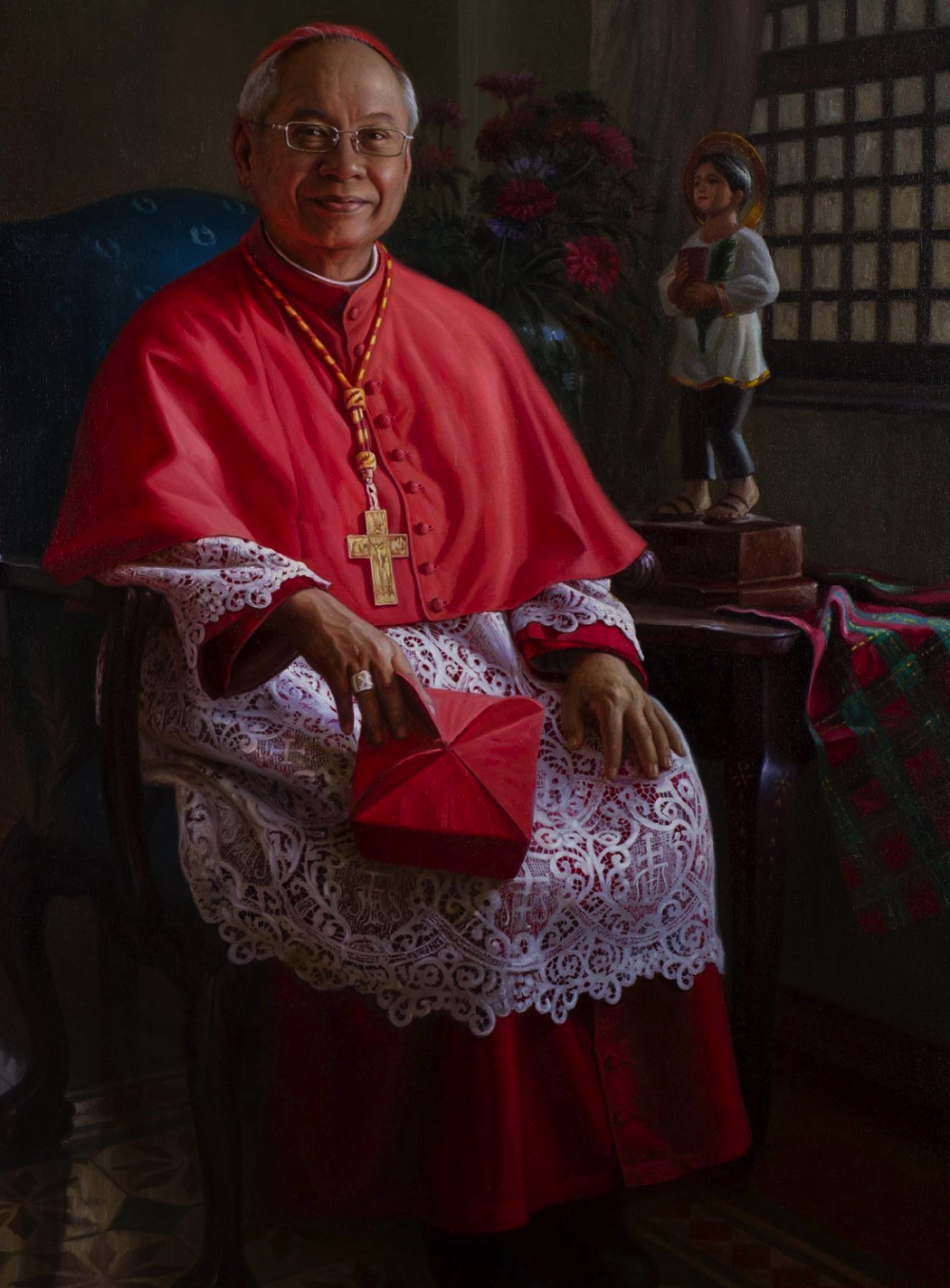
Cardinal Orlando Quevedo
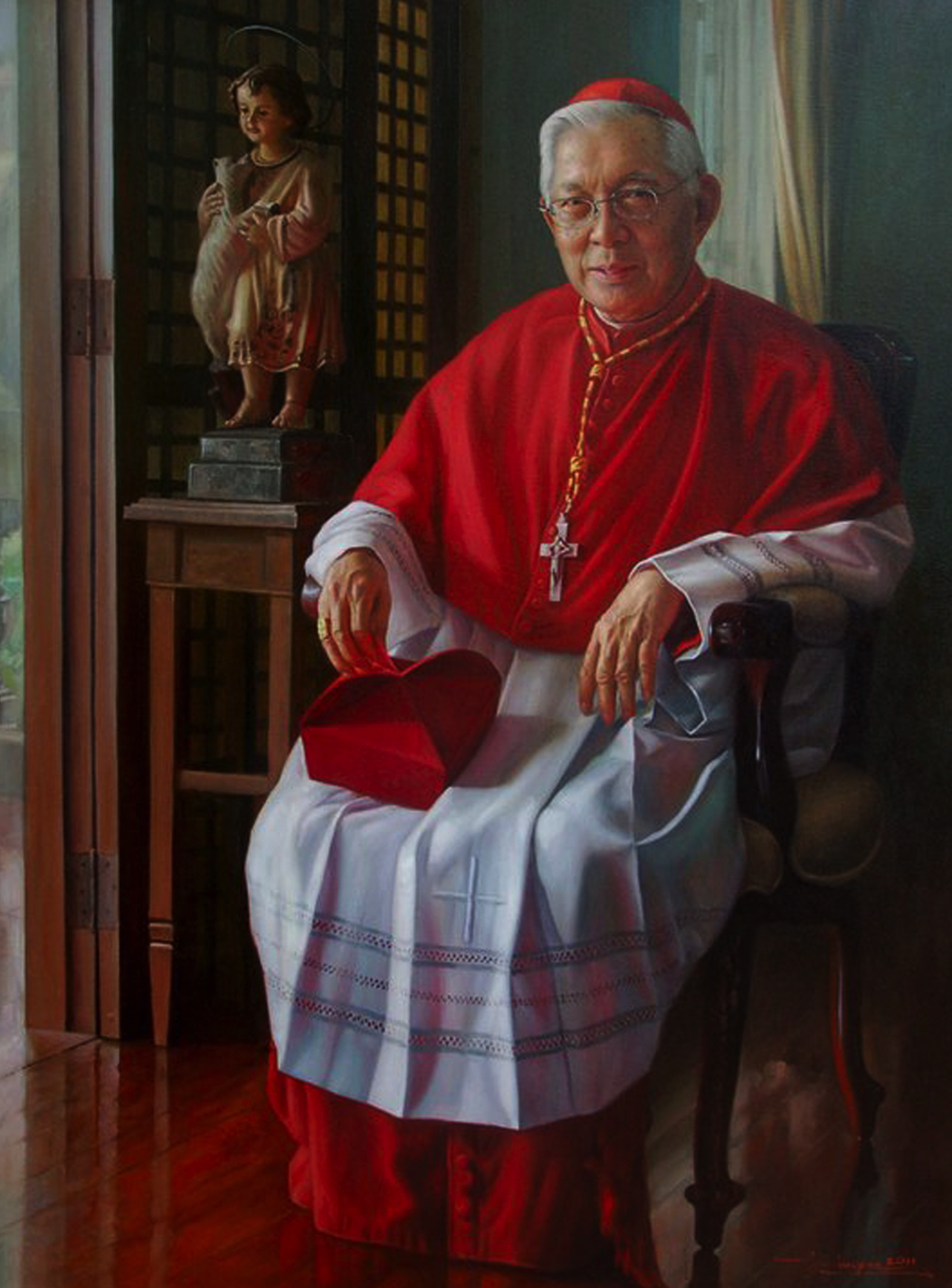
Cardinal Archbishop Emeritus of Manila Gaudencio Borbon Cardinal Rosales
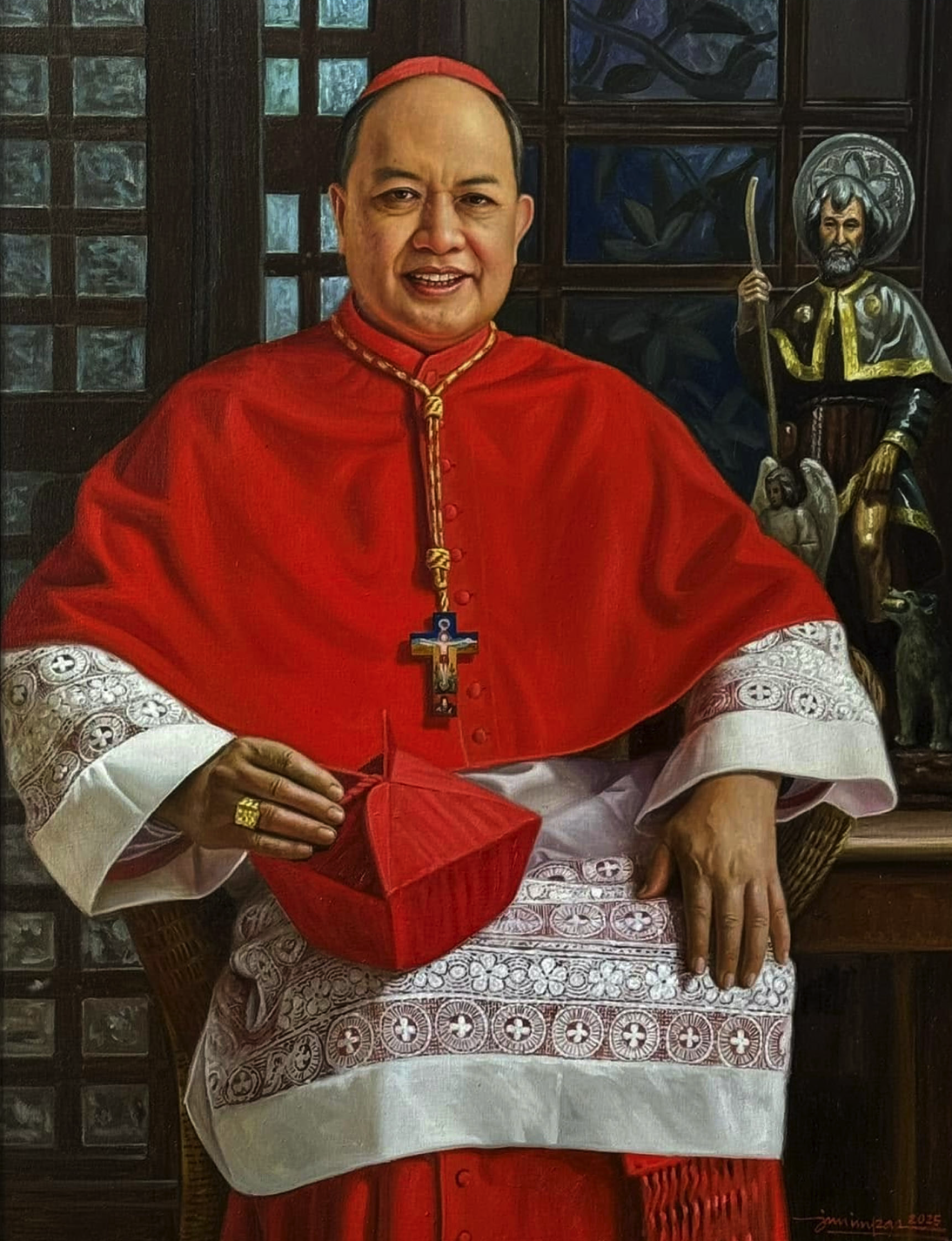
His Eminence Pablo Virgilio David, Cardinal Bishop of Caloocan
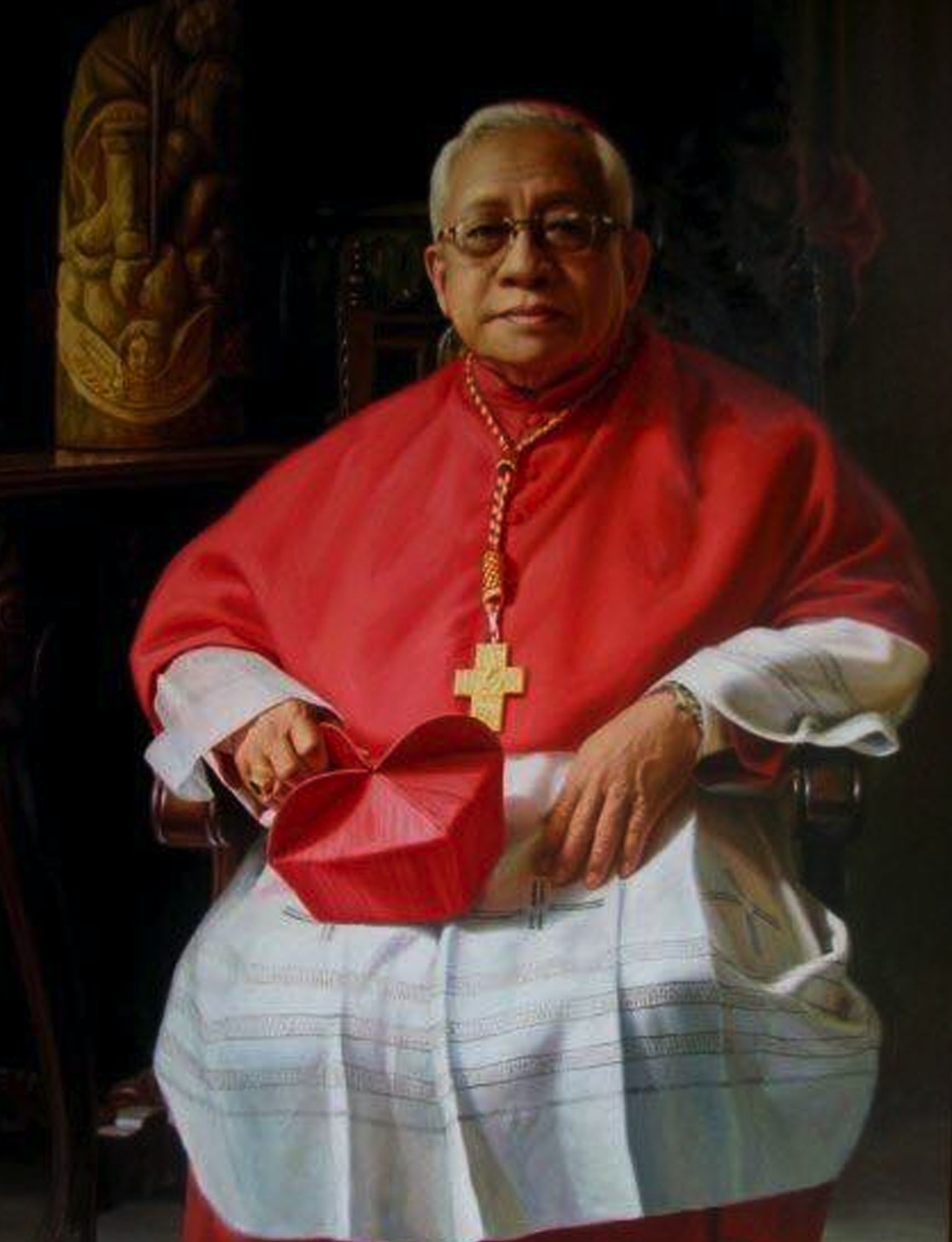
His Eminence Ricardo J. Vidal, Cardinal Archbishop of Cebu
Events
The First NUSTAR BALL
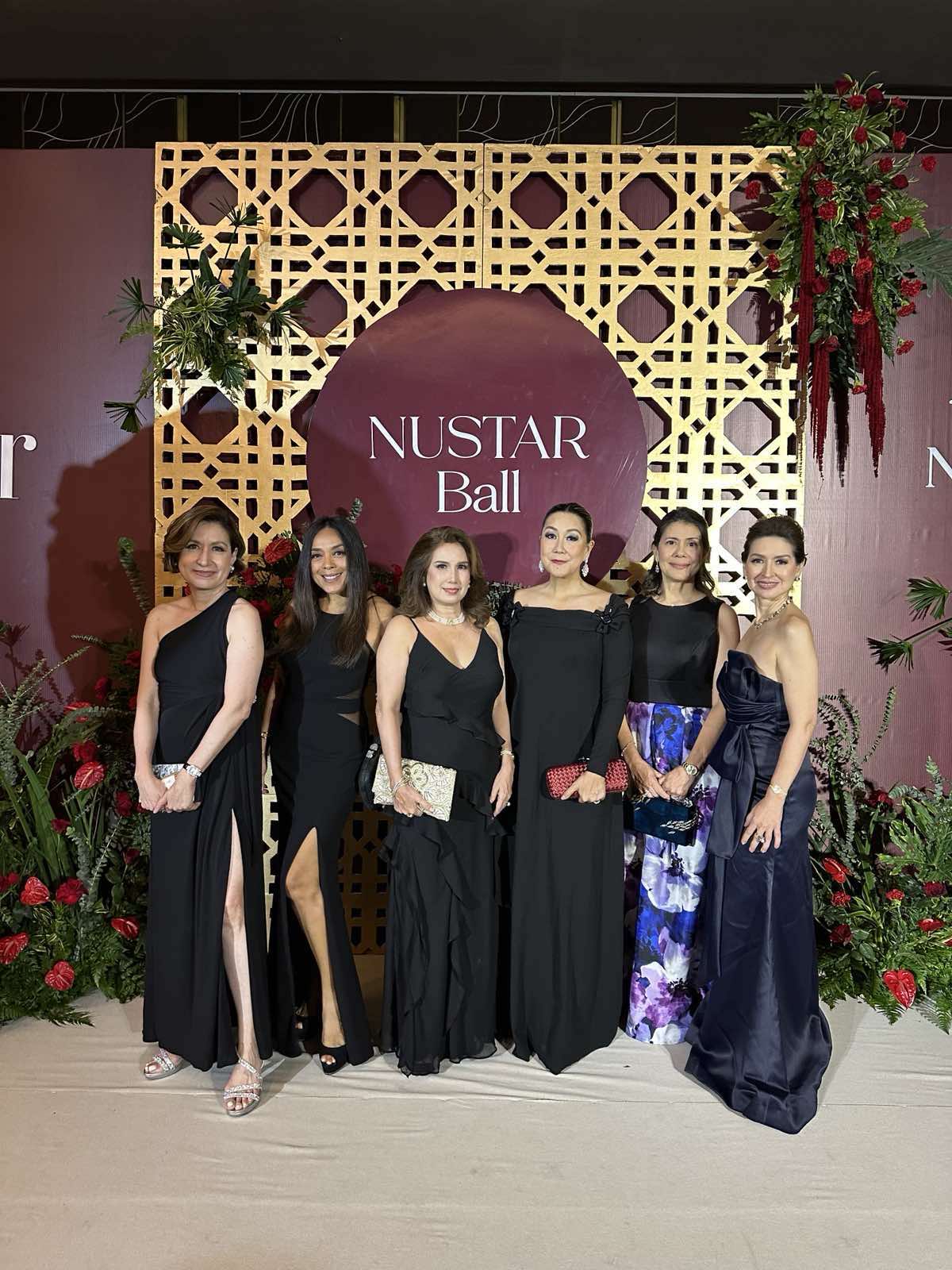
The NUSTAR Ballroom, a magnificent venue at the NUSTAR Resort and Casino in Cebu, sets the stage for last night’s first-ever NUSTAR Ball.

Black was the color of night at the Zee table.
Glamorous guests from Manila and Cebu converged at the NUSTAR Ballroom, an exquisite venue within the NUSTAR Resort and Casino in Cebu. The evening unfolded with a seated 5-course dinner. The opulent feast started with Beetroot Salmon Gravlax, adorned with caper berries, caviar, set with delicate edible flowers; and a main course of Compressed Pork Belly with Crackling Skin and Baby Scallops. Another highlight was the auction of coveted items like Dior and YSL handbags, a limited-edition Bulgari watch, and an exclusive 2-night stay in Nustar’s opulent 3-bedroom villa—complete with a private pool and a dedicated butler. The charity evening benefited the Cameleon Association, an NGO based in Iloilo City created in 1997 that developed a global approach to act on the causes and effects of sexual violence against children.

Nora Sol, Beth Go, Frances Siao and Marylou Ong

Ina Ronquillo, Maryanne Aboitiz and Jackie Lotzof

Designers Jun Escario and Philip Rodriguez

Philip Rodriguez with NUSTAR Malls two power ladies: May Adolfo and Joanna Salazar

Lana Osmeña with Mariquita Yeung

PJ Castillo and Kaye Abad with Cary Santiago

Drew Sarmiento with LV Manager Adrian Decuigan

Cary Santiago with Eva Gullas

Manila socialites Julie Boschi and Ching Cruz with June Alegrado
It was a night of elegance, luxury, and unforgettable memories as ladies in long gowns and gentlemen in black ties danced the night away.
-

 Style2 months ago
Style2 months agoHappy Melendres Traipsing Around Manhattan in Non-Stop Armani
-

 Arts & Culture2 months ago
Arts & Culture2 months agoKultura. Kapital. Kasalukuyan: Art that Speaks of Today
-
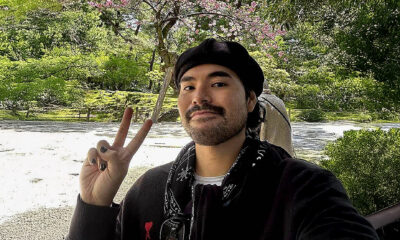
 Prime Target1 month ago
Prime Target1 month agoMiko Sarmiento: Turning Silk Scarves Into Works of Art
-
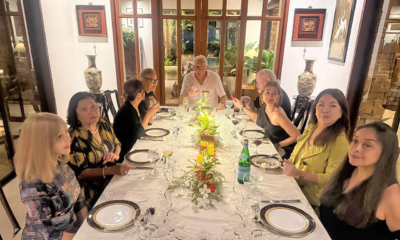
 The Scene2 months ago
The Scene2 months agoAnother Elegant Dinner at Chez Marguerite
-
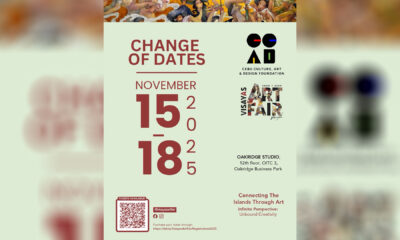
 Arts & Culture3 weeks ago
Arts & Culture3 weeks agoVisayas Art Fair Year 5: Infinite Perspectives, Unbound Creativity
-

 Prime Target2 months ago
Prime Target2 months agoLuna Vdl–Endless Summers in Siargao
-

 The Scene2 months ago
The Scene2 months agoA Stylish Soirée: Cebu’s Elite Celebrate Jackie Deen Lotzoff at Mad Thai
-

 QuickFx2 months ago
QuickFx2 months agoI Lost It at the Movies: Five of the Most Significant Films of the 1960s





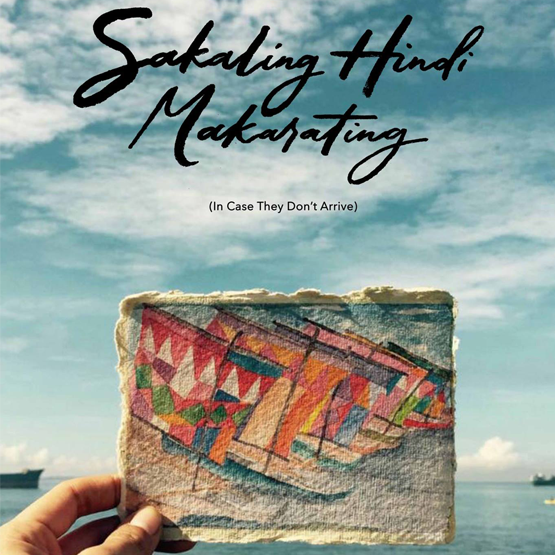




You must be logged in to post a comment Login